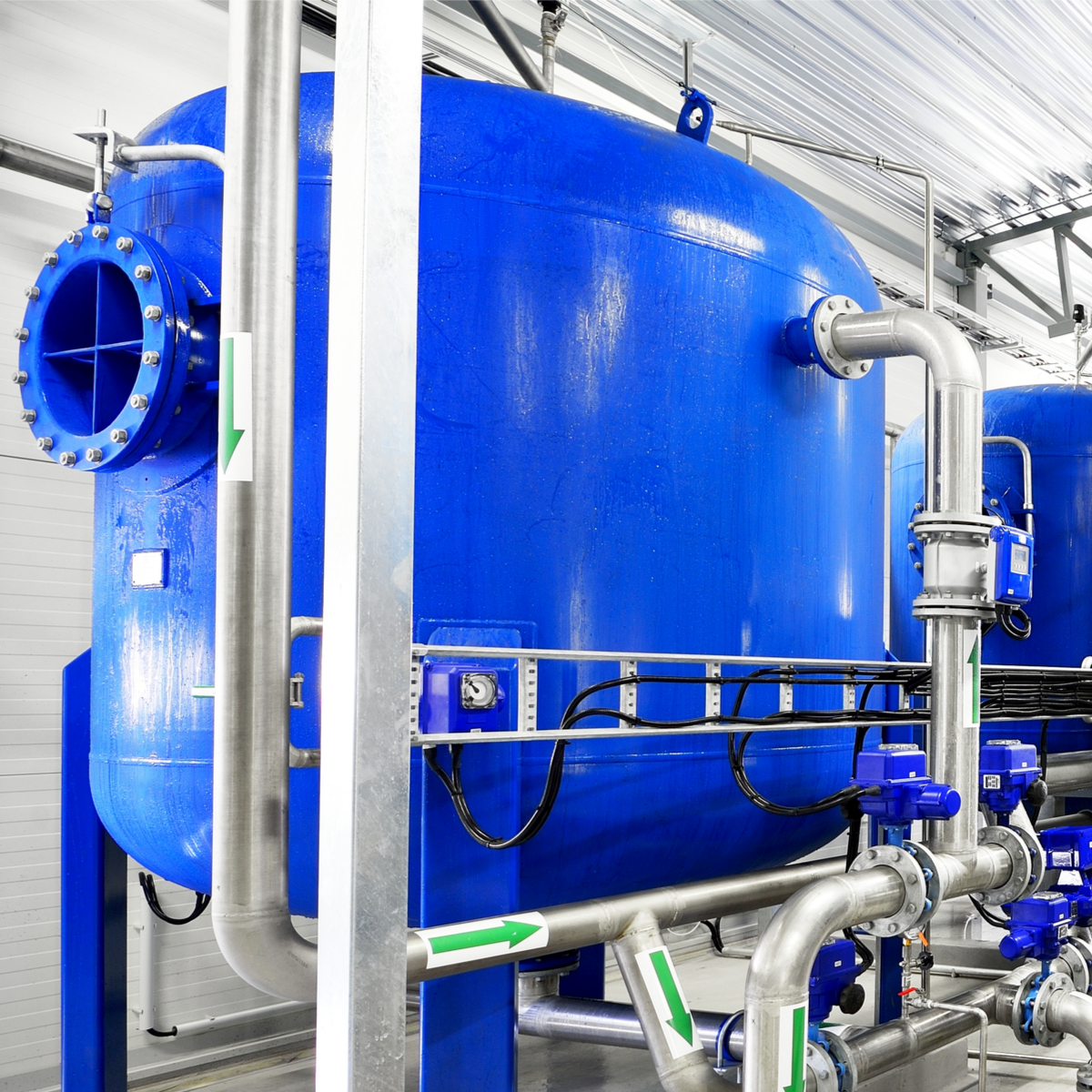
Just like every other aspect of modern life, boiler technology has been advancing. Advances in boiler technology have led to higher efficiencies, smaller environmental footprints, and better performing boilers than ever before. With sensors and microcontrollers falling in price as well, smart boilers are becoming the new norm.
Energy Efficiency
Modern boilers are able to transfer heat much more efficiently than their predecessors. To make things easier for consumers, programs like the Federal Energy Management Program (FEMP) and ENERGY STAR highlight products that meet or exceed federal requirements for energy efficiency. The goal of these programs is to make it easy to see how much money can be saved by using less energy over the lifecycle of the product. Some of the key features that have increased boiler energy efficiency are:
- Modulating boilers
- Condensing boilers
- Air-fuel ratio optimization
Modulating Boilers
One of the biggest energy saving advances has come from modulating boilers. Boilers are typically sized for the max heating load a facility will see. Most of the time, the facility won’t have such a high heating load. Old school boilers would short cycle, turning on at full capacity, running for a while, and then turning off. These cycles would happen a few times an hour. New boilers have the capability to modulate their capacity down to meet the heating needs of the facility. Turndown capabilities of 25:1 have become much more common, effectively eliminating short cycling. With turndowns that high, a boiler sized for a 1,000,000 BTU/hr peak heating load can operate continuously at as low as a 40,000 BTU/hr partial load condition.
Condensing Boilers
Conventional boilers still make up the bulk of the hot water boilers in service, but condensing boilers are gaining in popularity. When fuel is combusted with air, one of the main byproducts is water vapor. This hot water vapor has a lot of energy but conventional (non-condensing) boilers just exhaust this water vapor. Condensing boilers are designed to allow this water vapor to condense into liquid water while still inside the firetube. That means that all of that extra energy makes its way back into the water you’re trying to heat. Because of this, condensing boilers are able to gain around 10% more efficiency over their non-condensing counterparts.
Air-Fuel Ratio Optimization
You know how an annual tune-up on your boiler system helps to keep your system efficient? Well what if your system could get tuned up everytime it fires up? By adding sensors to measure the oxygen and temperature in the exhaust from the fire tubes, these boilers can adjust the gas valve and the air volume to ensure the mix stays just right. Many of these systems can also alert you if they measure something that indicates a problem could be forming.
Smart Boilers
Boilers have been benefiting from the rise in connected devices, just like many other industries. Connected boilers allow for many features that make conventional boilers look prehistoric. Some of the most impactful advances in smart boiler technology are:
- Remote monitoring ability
- Cascade sequencing
- Water temperature reset
Remote Monitoring Ability
Building automation systems are becoming much more common, but they don’t work nearly as well unless they have smart equipment to connect to. Advanced boilers are able to communicate over BACNet IP/MSTP or Modbus, allowing remote monitors to see how a boiler is performing. The setpoints for the boiler can also be changed remotely and in response to things happening in other parts of the facility or to other equipment turning on or off.
Related: Top 5 Reasons You Need Remote Monitoring Now
Cascade Sequencing
Every facility wants some level of redundancy without making things too complicated. Cascade sequencing uses multiple boilers to achieve this redundancy. Two common methods of cascade sequencing are lead-lag sequencing and optimization sequencing. Lead-lag helps minimize the runtime on equipment. In the lead-lag sequence, one boiler is turned on and modulates to its maximum heating capability. If more heating is required, the next boiler will fire up. This process continues until the heating need is met or all of the boilers are on and fired up. Optimization sequencing increases energy efficiency. All of the connected boilers are turned on and all boilers modulate together to meet the heating needs of the facility.
Water Temperature Reset
This feature also helps boilers perform better at partial load conditions. Hot water systems are typically sized for peak loads at a given hot water temperature. Under partial load conditions, the hot water temperature doesn’t really need to be as hot. Some boilers can use the return hot water temperature to determine if the supply hot water temperature can be reset. If the hot water coming back is still pretty hot, it’s more efficient to lower the supply hot water temperature and keep the hot water flow rate about the same.
While all of these advances in boiler technology have helped bring hot water into the modern era, the best is yet to come. Boiler technology is continuing to improve, so make sure you stay up-to-date with the latest and greatest advances. For help with staying sharp on boiler advances, subscribe to our blog and look into our boiler service offerings.
